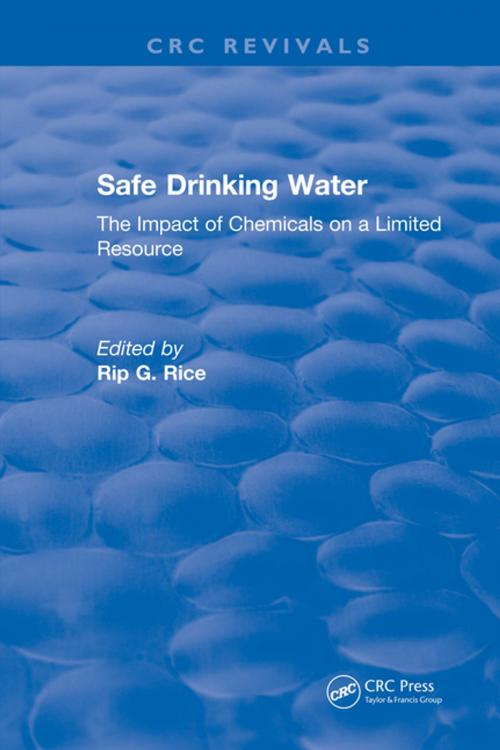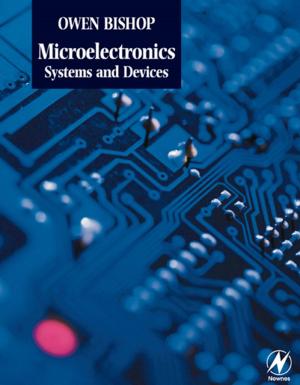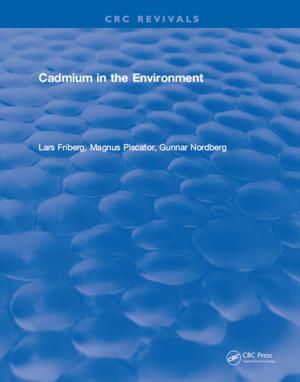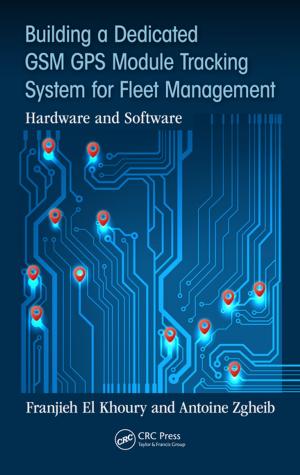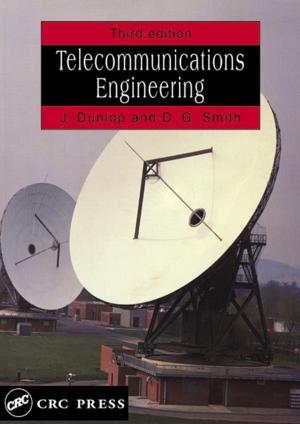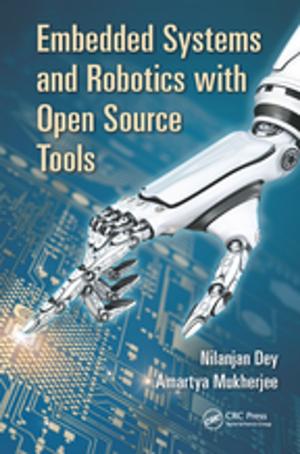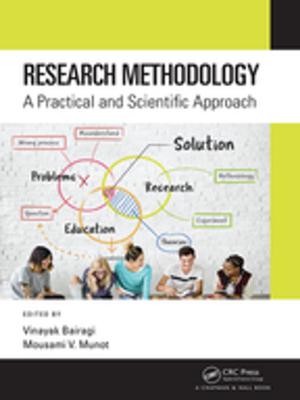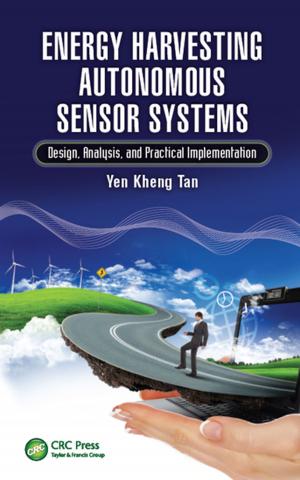Safe Drinking Water
The Impact of Chemicals on a Limited Resource
Nonfiction, Science & Nature, Technology, Engineering, Environmental, Science, Biological Sciences, Biotechnology| Author: | ISBN: | 9781351357982 | |
| Publisher: | CRC Press | Publication: | November 22, 2017 |
| Imprint: | CRC Press | Language: | English |
| Author: | |
| ISBN: | 9781351357982 |
| Publisher: | CRC Press |
| Publication: | November 22, 2017 |
| Imprint: | CRC Press |
| Language: | English |
A review of the nation’s new coverages serves as a ready reminder that drinking water safety is more than regional of local concern. In recent times, the print media alone has drawn attention to barium, bacteria, heavy metals, and increasingly organic contaminants, in public water supplies located in Florida, Rhode Island, Texas, Oregon, Illinois, Minnesota, North Carolina, Michigan, and California, to name a few.
In an effort to address one of the major issues confronting the future of the nation’s drinking water supplies, chemical contamination, the Drinking Water Research Foundation and the American Chemical Society presented the symposium, "Safe Drinking Water: the Impact of Chemicals on a Limited Resource." To add balance to the total presentation, two papers were included that were not part of the symposium.
Many questions as to the public significance of hundreds of organic chemicals known to be present in the national drinking water supply are waiting to be answered. In some areas of the country, aid rain-induced alterations of the natural leaching process represent an unexplored potential source of toxic pollutants. Finding workable ways to clean up the water supply will be an ongoing task.
Addressing these questions, as well as investigating how other countries are responding to these problems, the alternate sources available, such as bottled water, and point of use devices, the presenters in this symposium have attempted to explain the problems, situation, and alternatives.
As progress is made in one area, setbacks will occur in another. As we eliminate problems thought chemical technology, we often create others, such as contamination of our waters.
While all the situations, problems, and alternatives are not discussed in these proceedings, it is hoped that some attention will be brought to the public, government, and private sectors so that future work will be done to assure the nation of safe drinking water resources.
A review of the nation’s new coverages serves as a ready reminder that drinking water safety is more than regional of local concern. In recent times, the print media alone has drawn attention to barium, bacteria, heavy metals, and increasingly organic contaminants, in public water supplies located in Florida, Rhode Island, Texas, Oregon, Illinois, Minnesota, North Carolina, Michigan, and California, to name a few.
In an effort to address one of the major issues confronting the future of the nation’s drinking water supplies, chemical contamination, the Drinking Water Research Foundation and the American Chemical Society presented the symposium, "Safe Drinking Water: the Impact of Chemicals on a Limited Resource." To add balance to the total presentation, two papers were included that were not part of the symposium.
Many questions as to the public significance of hundreds of organic chemicals known to be present in the national drinking water supply are waiting to be answered. In some areas of the country, aid rain-induced alterations of the natural leaching process represent an unexplored potential source of toxic pollutants. Finding workable ways to clean up the water supply will be an ongoing task.
Addressing these questions, as well as investigating how other countries are responding to these problems, the alternate sources available, such as bottled water, and point of use devices, the presenters in this symposium have attempted to explain the problems, situation, and alternatives.
As progress is made in one area, setbacks will occur in another. As we eliminate problems thought chemical technology, we often create others, such as contamination of our waters.
While all the situations, problems, and alternatives are not discussed in these proceedings, it is hoped that some attention will be brought to the public, government, and private sectors so that future work will be done to assure the nation of safe drinking water resources.
